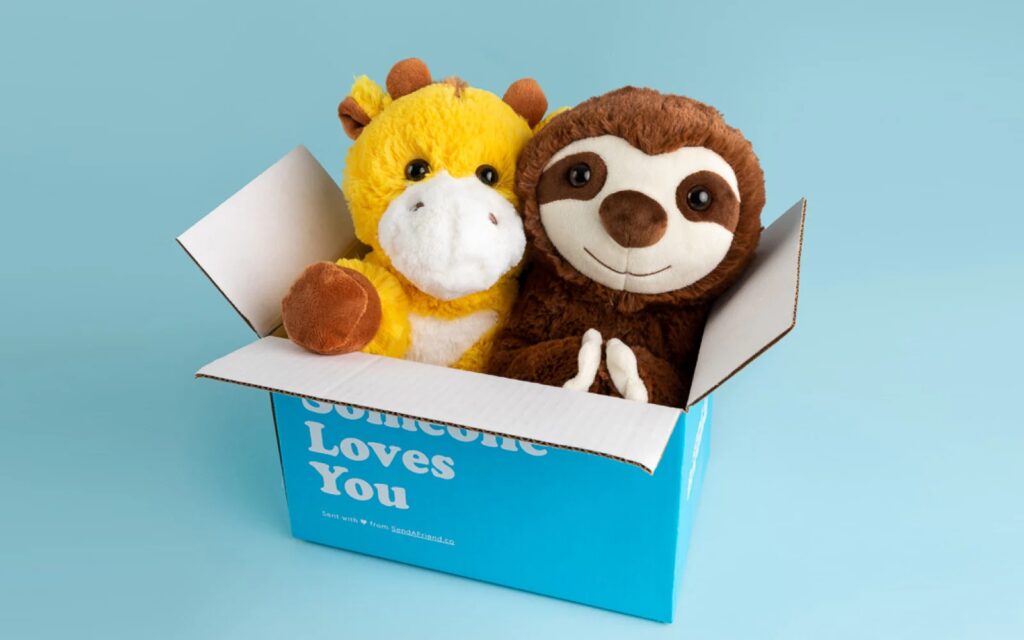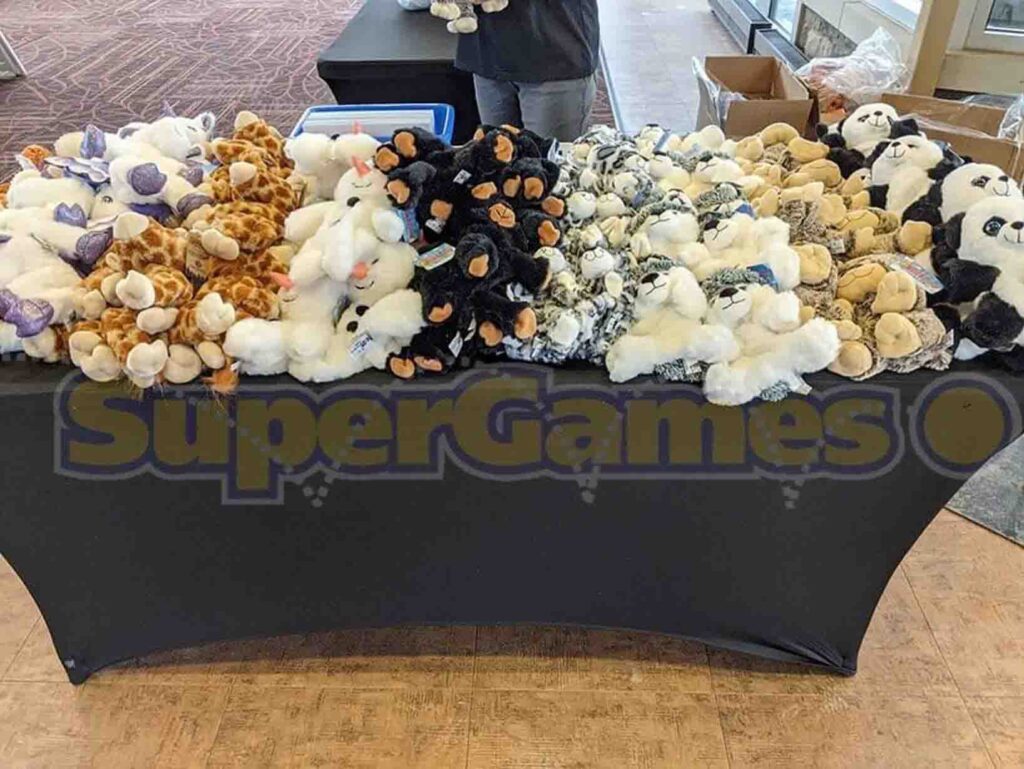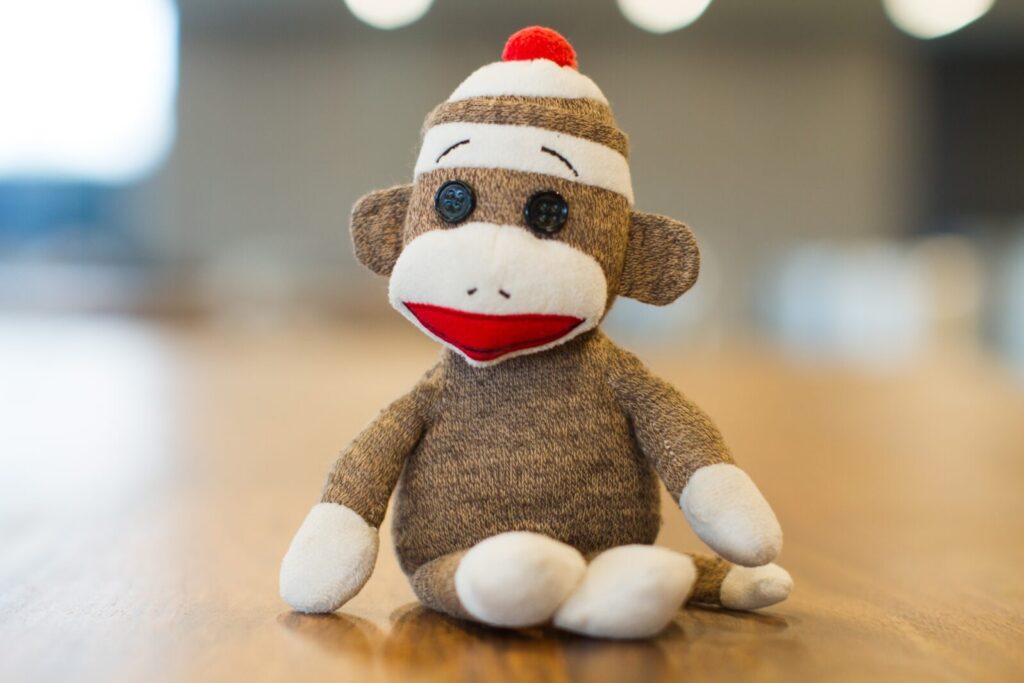Stuffed animals aren’t just toys—they’re soft companions that offer comfort, nostalgia, and joy across all ages. But have you ever stopped to wonder what exactly makes them so cuddly and fluffy inside? That “fluff” isn’t random; it’s a carefully chosen material that defines a stuffed animal’s feel, durability, and even safety. Understanding what this fluff is called and the differences between types can help manufacturers, retailers, and buyers make smarter decisions.
In short, the fluff inside stuffed animals is commonly called “stuffing” or “fiberfill,” with polyester fiberfill being the most popular. Other types include foam, microbeads, natural fibers, and recycled materials—all offering different textures, resilience, and sustainability profiles.
Imagine a child hugging their favorite teddy bear, its softness a perfect mix of shape and plush comfort. What goes inside that bear to make it so irresistibly snuggly? Let’s dive into the world of stuffing materials, exploring what they are, how they differ, and why they matter.
1. What Is the Fluff in Stuffed Animals Made Of?

The fluff in stuffed animals is generally called stuffing or fiberfill, mostly made from polyester fibers designed to be soft, lightweight, and resilient. This stuffing creates the plush texture that gives stuffed toys their iconic softness and shape.
- Полиэфирное волокно: The industry standard, made from synthetic polyester fibers, offering excellent fluffiness and hypoallergenic properties. It resists clumping and retains shape well.
- Foam: Some plush toys use foam stuffing or foam pieces for firmer shapes, especially in hybrid plushes or high-end collectibles.
- Natural Fibers: Cotton, wool, or kapok fiberfill is sometimes used in eco-friendly or artisanal toys, providing a natural feel but less resilience.
- Microbeads: Tiny plastic beads offer a different tactile experience—squishy and moldable—but may raise safety or environmental concerns.
- Recycled Materials: Increasingly popular, stuffing made from recycled polyester or other sustainable fibers reduces environmental impact.
Each stuffing type affects the toy’s softness, durability, and safety differently. For example, polyester fiberfill is lightweight and washable, whereas natural fibers might clump or degrade faster.
| Stuffing Type | Описание | Характеристики | Плюсы | Cons |
|---|---|---|---|---|
| Полиэфирное волокно | Synthetic polyester fibers designed for softness and resilience | Lightweight, hypoallergenic, resists clumping | Excellent fluffiness, retains shape | Synthetic material |
| Пена | Foam stuffing or foam pieces used for firmer shapes | Firm texture, used in hybrids or collectibles | Provides structure and firmness | Less soft, may be heavier |
| Natural Fibers | Cotton, wool, kapok fiberfill | Natural feel, biodegradable | Eco-friendly, natural texture | Less resilient, may clump or degrade |
| Микробисер | Tiny plastic beads | Squishy, moldable texture | Unique tactile experience | Potential safety/environmental concerns |
| Recycled Materials | Stuffing made from recycled polyester or sustainable fibers | Environmentally friendly | Reduces environmental impact | May vary in quality |
2. Which Types of Stuffing Are Most Popular in the Plush Toy Industry?

Polyester fiberfill dominates the plush toy industry due to its affordability, softness, and hypoallergenic qualities. Foam and microbeads are niche but valuable for specific textures and product designs.
- Industry Preference for Polyester Fiberfill: Its balance of cost, softness, and durability makes it the go-to for mass production.
- Specialty Fillings for Unique Textures: Foam cores and microbeads cater to toys requiring firmness or sensory appeal.
- Eco-Friendly Alternatives Gaining Traction: Organic cotton, wool, and kapok appeal to environmentally conscious consumers.
- Safety and Compliance Influence Choices: Some stuffing materials are favored because they meet strict toy safety regulations.
- Consumer Trends: Increasing demand for sustainable, non-toxic materials is pushing manufacturers to explore recycled and biodegradable stuffing.
Though polyester fiberfill remains king, the market is gradually diversifying as brands seek to balance softness, safety, and sustainability.
| Popular Stuffing Type | Описание | Key Advantages | Industry Trend |
|---|---|---|---|
| Полиэфирное волокно | Affordable, soft, hypoallergenic synthetic fiberfill | Cost-effective, soft, durable | Dominates mass production |
| Foam & Microbeads | Specialty fillings providing firmness (foam) or unique tactile feel (microbeads) | Firmness, sensory appeal | Niche use for specific textures |
| Organic Cotton, Wool, Kapok | Natural, eco-friendly fiber alternatives | Environmentally conscious, natural texture | Growing appeal among eco-conscious buyers |
| Safety-Compliant Stuffings | Materials that meet strict toy safety regulations | Non-toxic, safe for children | Favored for regulatory compliance |
| Recycled & Biodegradable Fillings | Sustainable stuffing materials made from recycled or biodegradable sources | Environmentally sustainable | Increasing demand driven by consumers |
3. How Does Stuffing Quality Impact the Lifespan of Stuffed Animals?

High-quality stuffing materials improve a stuffed animal’s fluffiness retention, shape stability, and overall durability, extending its lifespan significantly.
- Clumping and Flattening: Poor-quality stuffing tends to clump or flatten quickly, causing the toy to lose its softness.
- Shape Retention: Dense polyester fiberfill keeps the toy’s form longer, maintaining a fresh look.
- Washability: Quality stuffing resists moisture and drying damage better, enabling safe cleaning.
- Allergen Resistance: Hypoallergenic stuffing reduces risks for sensitive users, important for children’s toys.
- Impact on Consumer Satisfaction: Durable fluff improves perceived value, reducing returns and complaints.
For example, a plush toy filled with low-grade cotton fiber may lose shape within months, while one stuffed with premium polyester fiberfill can stay fluffy for years.
| Quality Factor | Effect on Stuffed Animals | Example/Detail |
|---|---|---|
| Clumping and Flattening | Low-quality stuffing clumps or flattens, reducing softness | Causes toys to look worn and lose appeal quickly |
| Shape Retention | Dense polyester fiberfill maintains form longer | Keeps toys looking fresh and well-shaped for years |
| Возможность стирки | High-quality stuffing resists moisture and drying damage | Allows safe cleaning without damaging fluffiness |
| Allergen Resistance | Hypoallergenic stuffing reduces allergy risks | Important for children and sensitive users |
| Consumer Satisfaction | Durable stuffing improves perceived value and reduces returns | Higher-quality fluff leads to better customer reviews |
4. Are There Safety Standards and Regulations for Stuffing Materials?

Yes, stuffing materials must meet strict toy safety standards such as ASTM F963 in the U.S. and EN71 in Europe, ensuring non-toxicity, flammability resistance, and hypoallergenic properties.
- Non-Toxic Materials: Stuffing must not contain harmful chemicals or small parts that could cause choking.
- Fire Safety: Many regulations require stuffing to be flame retardant or meet specific flammability tests.
- Allergen Considerations: Using hypoallergenic synthetic fibers helps protect children with allergies.
- Quality Control Processes: Manufacturers conduct regular testing on stuffing batches to ensure compliance.
- Traceability and Certifications: Certificates from organizations like Oeko-Tex and CPSIA provide additional safety assurances.
Factories often source stuffing from certified suppliers and perform in-house testing to guarantee safe, compliant products.
| Safety Aspect | Описание | Examples / Standards |
|---|---|---|
| Нетоксичные материалы | Stuffing must be free from harmful chemicals and choking hazards | Compliance with ASTM F963, EN71 |
| Fire Safety | Stuffing must be flame retardant or pass flammability tests | Flammability tests per regional regulations |
| Allergen Considerations | Use of hypoallergenic synthetic fibers to protect sensitive users | Important for children’s toys |
| Quality Control Processes | Regular testing of stuffing batches to ensure safety compliance | In-house and third-party testing |
| Traceability and Certifications | Certifications like Oeko-Tex, CPSIA guarantee product safety | Certified suppliers and documented supply chains |
5. How Can Consumers Identify the Best Stuffing for Their Needs?

Buyers should ask manufacturers about stuffing material type, safety certifications, durability, and environmental impact to select the best plush toy stuffing
- Ask About Material Composition: Is it polyester, natural fiber, foam, or a hybrid?
- Request Safety Certifications: Look for ASTM, EN71, Oeko-Tex, or other compliance documents.
- Consider Usage Needs: For kids, hypoallergenic and washable stuffing is preferable; collectors may prefer specialty fillings.
- Evaluate Sustainability Claims: Does the stuffing use recycled or organic materials?
- Test Softness and Resilience: Feel and squeeze samples to assess fluffiness and bounce-back.
For example, parents buying for infants might prioritize softness and safety certifications, while adult collectors might prefer unique textures or sustainable stuffing.
| Consumer Consideration | Key Questions to Ask | Example / Advice |
|---|---|---|
| Material Composition | Is the stuffing polyester, natural fiber, foam, or hybrid? | Understand pros and cons of each type |
| Сертификаты безопасности | Does it meet ASTM, EN71, Oeko-Tex, or other standards? | Ensures non-toxic and safe materials |
| Usage Needs | Is the toy for children, collectors, or specific use? | Kids need hypoallergenic, washable stuffing; collectors may want specialty fillings |
| Sustainability Claims | Are recycled or organic materials used? | Important for eco-conscious buyers |
| Softness and Resilience | How does the stuffing feel? Does it bounce back after squeezing? | Test samples before purchase |
6. What Innovations Are Shaping the Future of Stuffed Animal Fluff?

Innovations focus on sustainability, improved durability, and enhanced sensory experiences through new stuffing materials and production techniques.
- Bio-Based and Plant-Derived Fillings: Kapok and soy-based fibers are emerging as eco-friendly alternatives.
- Recycled Polyester Advances: Improved processing techniques make recycled fiberfill nearly indistinguishable from virgin polyester.
- Hybrid Stuffing Designs: Combining foam cores with fiberfill for optimal shape and softness.
- Antimicrobial and Odor-Resistant Stuffing: Embedded additives improve hygiene and longevity.
- Smart Textiles: Experimental stuffing materials incorporating sensors or adaptive textures for interactive toys.
These developments reflect a growing market emphasis on environmental impact and enhanced user experience.
| Innovation Type | Описание | Impact / Benefit |
|---|---|---|
| Bio-Based and Plant-Derived Fillings | Kapok, soy-based fibers as eco-friendly stuffing alternatives | Sustainable, biodegradable, natural texture |
| Recycled Polyester Advances | Improved recycling methods producing high-quality fiberfill | Reduces waste, matches virgin polyester quality |
| Hybrid Stuffing Designs | Combining foam cores with fiberfill for balanced softness and shape | Enhanced durability and plushness |
| Antimicrobial and Odor-Resistant Stuffing | Additives embedded in stuffing to reduce bacteria and odors | Improves hygiene and longevity |
| Smart Textiles | Stuffing materials with sensors or adaptive textures for interactive toys | New user experiences, innovation in plush design |
Conclusion:
Understanding the fluff inside stuffed animals is key to making better choices—whether you’re a manufacturer aiming for quality and safety, a retailer selecting products, or a consumer searching for the perfect plush companion. If you’re interested in sourcing or customizing stuffed animals with premium stuffing tailored to your needs, feel free to contact Кинвин for professional consultation and bespoke solutions. We specialize in eco-friendly, durable, and beautifully crafted плюшевые игрушки that meet the highest standards.




